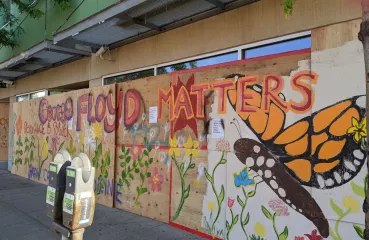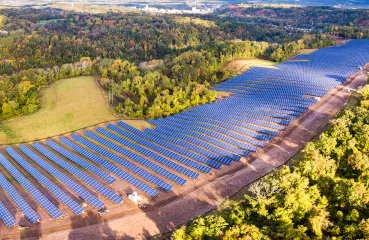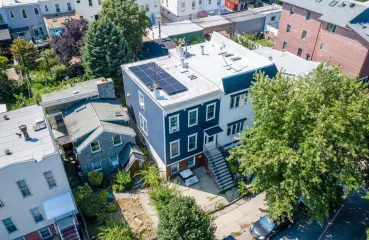From providing access to emergency solar recharging at community spaces in Minneapolis following the killing of George Floyd earlier this year, to aiding recovery efforts following earthquakes in Puerto Rico, storms in Iowa, and now wildfires in California, the Footprint Project has stayed busy in 2020, with no shortage of crises demanding attention, care, and clean energy.
A nonprofit based in Minneapolis, Footprint Project provides sustainable solutions to communities in crisis by mobilizing distributed clean energy assets. We spoke with William Heegaard and Greta Goetz from the team to learn more about the organization and its work.




